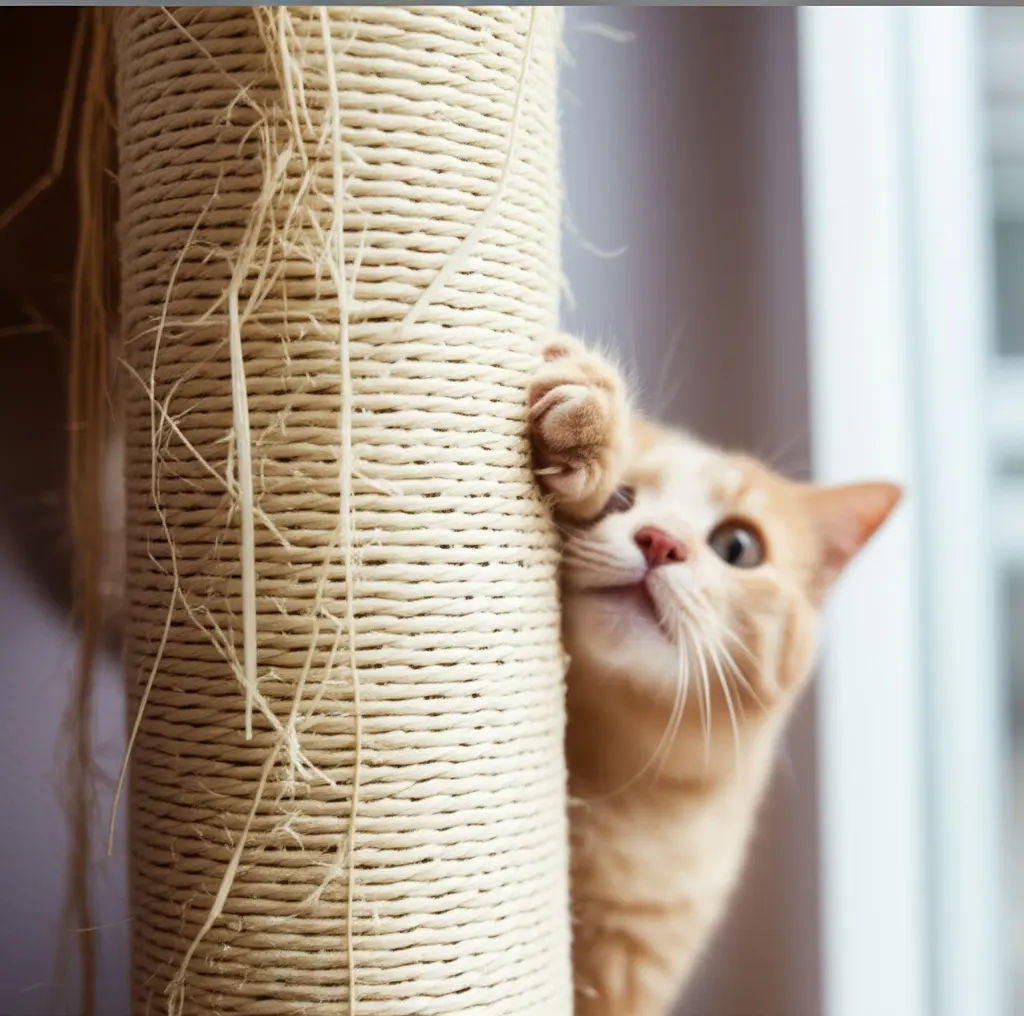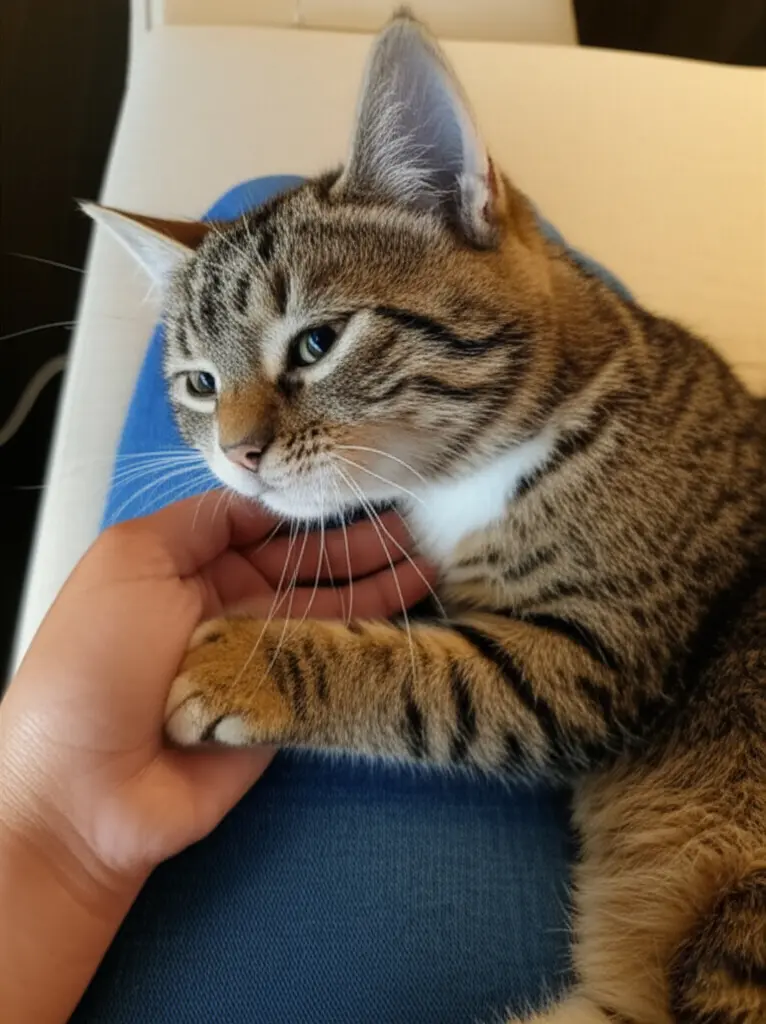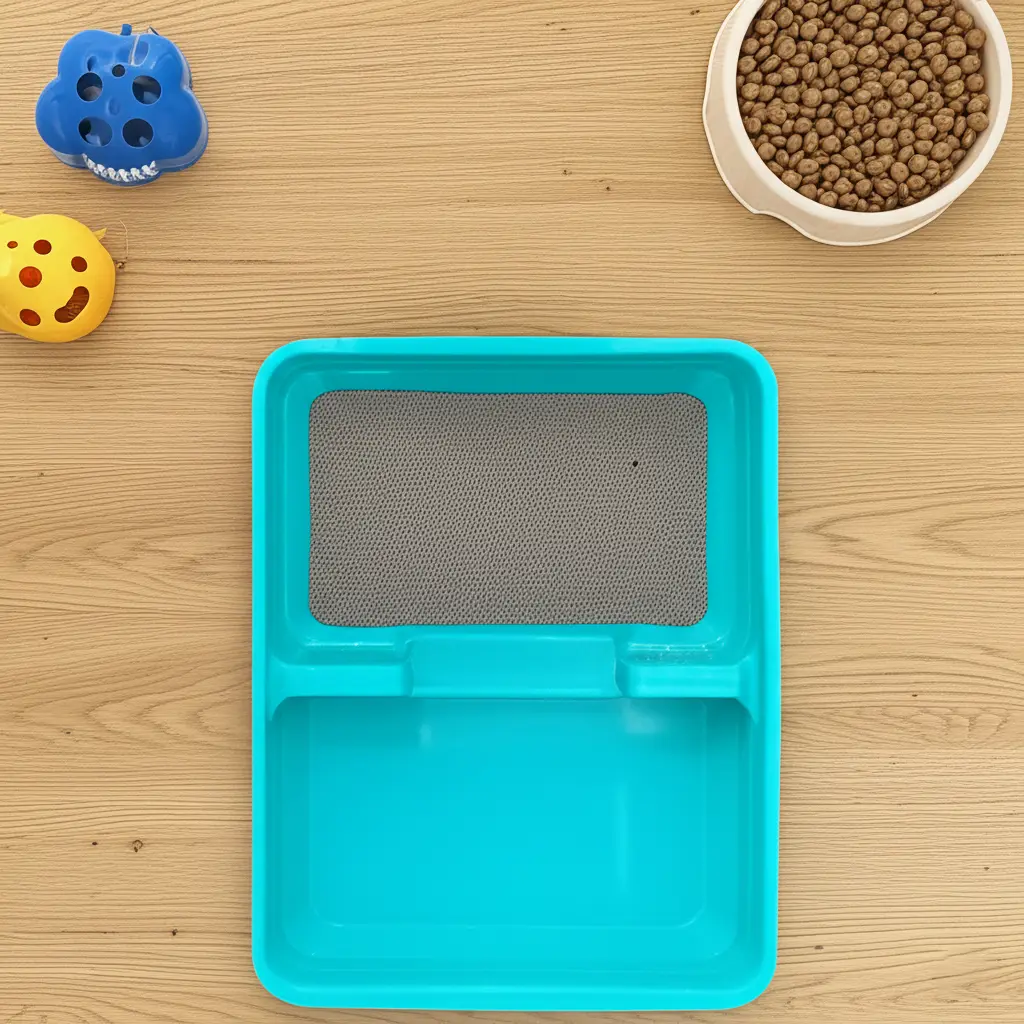Cat Behavior Malaysia (2025): Understand Your Feline Friend Before You Misjudge Them
“My cat suddenly bit me… but she was purring just a second ago. What did I do wrong?”
If you’re a cat parent in Malaysia, this might sound all too familiar.
Let’s face it — cats are some of the most misunderstood creatures we share our homes with. Their actions can feel confusing, even contradictory. One moment, they’re kneading your lap with pure bliss. The next, they swipe at you when you walk by. You feed them the same food every day, but suddenly they stare at it like it’s poison. You try to pet them, they run. You ignore them, they meow for hours.
But here’s the truth:
Your cat is not being dramatic, spoiled, or grumpy. They’re communicating. In their own way.
And in 2025, with more Malaysians living in high-rise apartments and adopting indoor lifestyles with their pets, truly understanding cat behavior isn’t just useful — it’s essential. It affects your cat’s wellbeing, your bond with them, and even your own peace of mind.
So let’s dive deep. Not into generalities. But into real-life, Malaysia-specific insights, examples, and practical advice. Whether you live in Cheras or Penang, in a condo or kampung house — this article is for you and your cat.
Table of Contents

Why Understanding Cat Behavior in Malaysia Matters More Than Ever
In a country where temperatures are hot and humid year-round, our indoor cats face very different challenges compared to their Western counterparts. Limited space, loud weather, different foods, local plants, multi-cat households — all these play a role in how our cats act.
Also, the rising number of cat owners in urban areas like KL, Petaling Jaya, and Johor Bahru means more of us are wondering:
Why is my cat suddenly hiding under the bed?
Why does she only meow at night?
Is this tail twitching a sign of annoyance or play?
You’re not alone.
In fact, search data from Malaysia shows terms like:
“Cat behavior Malaysia”
“Why is my cat meowing so much”
“Cat aggression Malaysia”
“Cat psychology”
“Cat body language Malaysia”
…are all consistently searched 10k to 100k+ times a month in 2024–2025.
That tells us: pet parents want answers — and not generic ones.
Chapter 1: Reading Cat Body Language — It’s Not Just the Tail
Let’s start with something we see every day — but rarely understand.
Tail up ≠ always happy.
Tail twitching ≠ always annoyed.
Ears back ≠ always angry.
We tend to over-simplify cat signals, but feline body language is more nuanced than that.
Here’s a quick breakdown Malaysians should know:
| Behavior | What it may mean | Should you worry? |
|---|---|---|
| Tail upright, tip twitching | Curious but alert | Not at all — just stay calm |
| Slow blink | Trust and affection | Give a blink back 😉 |
| Belly exposed | Feels safe — but not an invitation | Don’t pet unless you know your cat loves it |
| Ears flat + wide eyes | Scared or overstimulated | Best to leave them alone |
| Quick tail swishes while sitting | Mild irritation or decision-making | Monitor — don’t force interaction |
Tip for KL condo owners: When you see flattened ears or hiding behavior after thunder, it’s not bad behavior — it’s fear. Invest in safe corners or calming aids.

Chapter 2: Why Is My Cat Meowing So Much?
You’ve fed them. Cleaned their litter. Given cuddles.
Yet the meowing doesn’t stop — especially at night. Why?
In Malaysia, many indoor cats develop excessive vocalization. This can stem from a few local factors:
1. Meal Timing Confusion
In our culture, feeding times can be inconsistent — some cats eat when their humans eat nasi lemak at 8am, others when they return home from OT at 10pm.
Cat tip: Cats are creatures of routine. If feeding times shift too often, they meow to remind — or protest.
“My cat literally meows every time I boil water — because she thinks I’m making wet food again.”
2. Heat + Hormones
In Malaysia’s tropical climate, unspayed females often go into heat multiple times a year. This causes nighttime yowling, rolling, restlessness, and trying to escape windows.
Solution: If you’re not planning to breed responsibly, neutering/spaying is essential — for their comfort and your sanity.
3. Loneliness (Yes, That Happens to Cats Too)
With more Malaysians working long hours or leaving cats alone in condos, cats experience separation stress. Meowing is their way of reaching out.
True Story from Petaling Jaya:
A working couple adopted two stray kittens. One was clingy and meowed all day when alone. After adopting a second kitten, the meowing dropped by 70%.
Chapter 3: Understanding Aggression in Cats (It’s Not What You Think)
Let’s bust a myth:
“My cat attacked me for no reason.”
No, she didn’t.
Cats always have a reason — we just often miss the signs.
Common triggers in Malaysian homes:
Sudden noise (motorbikes, thunder, firecrackers)
Children grabbing without warning
Overstimulation from too much petting
Pain or illness (especially hidden issues like dental pain)
How to respond:
| Situation | Wrong Response | Better Response |
|---|---|---|
| Cat hisses or swipes | Yell or punish | Step back calmly, give space |
| Cat bites during petting | Keep touching | Learn their petting tolerance (count strokes!) |
| Cat lunges during nail trim | Force it through | Use towel wrapping + train gradually |
Tip: Never punish a cat for aggression. It increases fear and damages trust.

Chapter 4: Malaysian Environment & Cat Psychology
The Malaysian household isn’t like the Western ones you read about on Reddit.
Here, our cats face:
Ceiling fans that scare them
Open balconies with metal grills
Multiple pets in small spaces
Durian smells, curry spices, incense — all affect feline senses
Understanding Their World
Cats are hyper-aware of their territory. Even moving furniture or adding a new scent diffuser can upset their emotional balance.
“My cat stopped eating for 2 days after I moved her litter box closer to the washing machine.”
What helps:
Gradual change (don’t shock them!)
Vertical spaces (cat trees or shelves)
Safe zones (corners, soft carriers left open)
Chapter 5: When to See a Vet or Feline Behaviorist
Not all behavior is “just a phase.”
If you notice:
Sudden aggression
Litter box refusal
Overgrooming (bald spots!)
Excessive meowing even after feeding
Hiding for over 24 hours
👉 These may indicate medical or psychological distress.
Don’t wait.
Vet visits can rule out pain, and behaviorists (yes, we have them in Malaysia!) can offer tailored advice.
Try platforms like:
Local Facebook cat parenting groups
Final Checklist: Understand Your Cat Before You Judge Them
Body language is key (tail, ears, eyes)
Meowing has meaning — decode the context
Aggression is communication, not misbehavior
Malaysia’s environment shapes cat behavior too
Don’t ignore sudden changes — vet first, then behavior plan
At Hairy Home, we believe every cat has their own voice — we just need to listen with love and patience. If you’re in Cheras or KL and need help, our cat grooming and behavior-friendly boarding spaces are designed with their comfort in mind.



